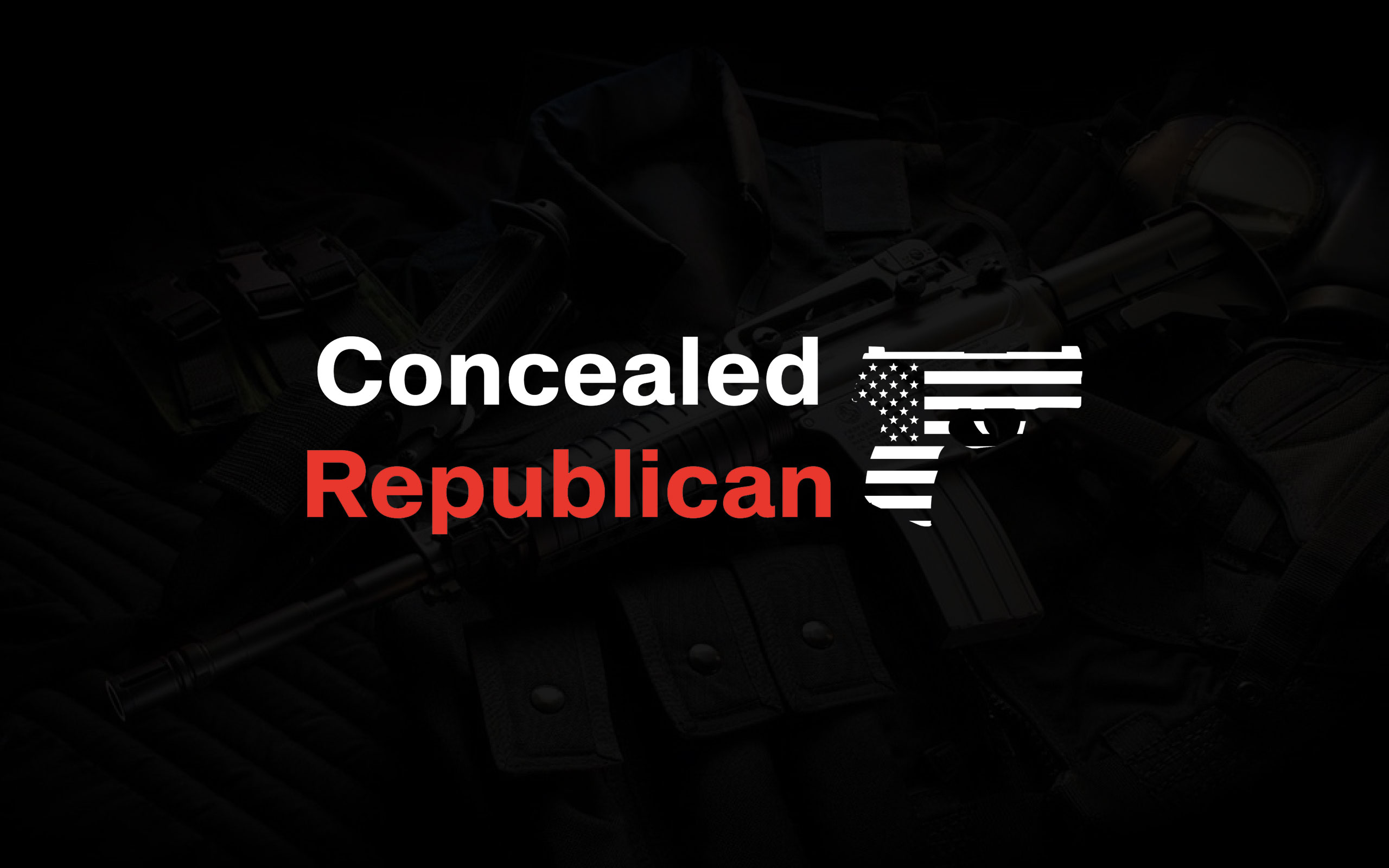If there’s one thing backcountry hunters should agree on when it comes to picking between revolvers and semi-autos for bear defense it is this: Neither is ideal. A bear, whether attacking out of fear, aggression, or hunger is a fearsome opponent. It would be foolish to think of a handgun as a reliable bear stopper. A handgun can certainly kill a bear, but the goal of a stopping gun is to kill something this instant — or at least hit it hard enough that it is distracted from trying to chew, claw, or gore you in the moment, buying you a few more precious seconds to shoot it again or take some other action to save your hide.
But even a less-than-ideal gun is better than no gun during a bear encounter. And we have plenty of data illustrating how they’ve been used to successfully deter bear attacks.
A sidearm is a critical component to protecting yourself in bear country, but other types of deterrents have their place. I always carry bear spray as well, for instance, and have recently purchased a portable electric fence to set up around my camp (or around a quartered animal) as part of my overall strategy to cope with, or better yet avoid, a potential encounter.

Switching to a Semi-Auto
I carried a revolver for many years as my bear gun. Specifically I fielded, a Smith & Wesson 329 PD, which is a lightweight .44-magnum six-shooter that is easy to carry but a beast to shoot. The frame is made from scandium, which trims the weight of the N-frame gun dramatically but naturally increases felt recoil.

A few years ago, I shifted from the Smith to a Glock G20 Gen4 that I had modified by ATEI. The changes included the addition of cocking serrations on the front of the slide, a cut to accommodate a red-dot sight, 360-degree stippling around the grip, thinning out the underside of the trigger guard to get a higher grip, stippled pads on the front of the frame for the support-hand thumb, and an aftermarket drop-in barrel.
I found I could shoot the G20 more quickly and effectively than the wheel gun and, because it holds so much more ammo (15 rounds compared to six) and has a rail for mounting a light, I didn’t look back.

The Benefits of a Revolver for Bear Defense
Despite my migration to a semi-auto, a revolver isn’t a bad choice either. This fall my buddy Cody carried his .357 during our elk hunt in grizzly country. The simplicity of a revolver — there’s nothing to cock, no safety to manipulate, and in the event of a misfire another pull of the trigger will touch off the next round — plus the greater potency of some revolver cartridges compared to what semis bring to the party make a compelling case for the platform.
The benefit of Cody’s .357 versus the .44 Magnum I used to carry is twofold. First, it holds seven rounds, which is a substantial payload and narrows the gap a bit with semi-autos in terms of capacity. Secondly, it is a much easier revolver to control than my S&W 329 PD.
Cody’s Smith & Wesson is a Model 386 Sc/S, which is one of the more interesting Smith’s introduced in the last few decades. It is optimized for concealed carry, with a short barrel (2.5 inches), high-visibility adjustable sights, and lighter frame that give it an empty weight (just over 21 ounces) that is in line with many compact semi-autos. (A Glock 19 with an empty magazine weighs about 23.5 ounces, for example.) It is one of the better revolvers for bear defense in my opinion.
Revolver vs. Semi-auto: Pros and Cons
When it comes to choosing which platform to use for backcountry bear defense here’s how they stack up, point by point.
- Capacity: Semi-autos have a clear advantage, though the seven rounds that the Smith & Wesson 386 carries is probably more than adequate for any bear encounter.
- Firepower: The 10mm Auto has become the darling for backcountry carry, and there are many kinds of ammo loaded that are optimized for use against bears. The .357 Magnum also has a wide variety of ammo available that are suitable for bears. This one is a draw.
- Low Light Operation: Bad things tend to happen in the dark giving guns like the Glock G20 that can mount a light and laser an edge. Semis take this category.
- Reliability: Semis aren’t difficult to run, but a revolver’s point and click simplicity gives it a clear advantage when judged by this metric.
- Shootability: Semi-autos have more manageable recoil and are easier to shoot accurately than revolvers. Many (if not most) new semi-autos are machined to accept red-dot optics right out of the box, which is another clear benefit.

Picking the Right Ammo for Bear Defense
There are a couple philosophies behind the design of handgun ammunition for protection against bears, though both try to accomplish the same thing. The goal of each is to penetrate deeply through whatever bone or hide is encountered. These bullets must be able to track straight to get to the vitals, no matter the shot angle, if they are going to have a chance against a charging bear.
The traditional design uses a heavy bullet made from a hard lead alloy. By necessity these bullets will be traveling at a moderate velocity, but their weight and non-expanding construction allow them to penetrate a lot of critter.
An example of this is Federal’s Solid Core ammunition, which is what Cody used in his Smith 386. In .357 the hard-cast bullets weigh 180 grains and Federal coats them in their polymer Syntech material, which significantly reduces lead fouling in the bore.
The flat-nosed bullet is designed to maintain its shape with minimal deformation as it drives through hide, muscle, and bone. I didn’t chronograph this ammo through Cody’s blaster, but it is probably trucking along at 950 fps or so out of the 386’s short barrel.
In my Glock G20 I run Underwood Ammo’s 140-grain Extreme Penetrator load, which uses Lehigh Defense’s Extreme Penetrator bullet. This is light for the caliber — 10mm Autos typically run a 180-grain cup-and-core lead bullet. That lighter weight allows it to be driven at impressive speeds, more than 1600 fps from my Glock’s 4.6-inch barrel.

The Extreme Penetrators are mono-metal bullets, a fancy term meaning they are made from a copper alloy without any lead or other materials in their construction.
Unlike flat-nosed hardcast lead bullets, the Extreme Penetrator has a machined tip. The bullet has grooves shaped like scoops that create an impressive wound channel. Because of the bullet’s velocity, the material it encounters — whether meat, bone, or viscera — behaves like a fluid, getting directed away from the bullet’s line of travel at nearly 90 degrees. That material shooting to the sides augments the wound channel.
It is a clever design. Like a hardcast bullet it resists deformation — which is what you want when dealing with dangerous animals — but it also damages tissue like a bullet that mushrooms. (You can take a deeper look at this type of terminal ballistics in this story.)

Bear Spray Pros and Cons
As I mentioned above, a sidearm is just one piece of my bear defense strategy. I also carry bear spray, which has its place as well.
Under the right conditions — meaning when the wind is favorable and you have sufficient time to bring it into play — bear spray is an effective deterrent.
In these situations, the spray creates a fog-like barrier that a bear will have difficulty crossing and if you can squirt the peppery mist directly on the bear’s face, all the better. The user doesn’t need to be as precise or safety-obsessed while employing spray as he or she needs to be with a handgun, which is one of spray’s primary benefits.
I keep the spray in a holster that sits underneath my bino harness. In theory, I can employ it from that location with a bear on top of me, assuming I have the ability and wherewithal to pull the safety tab free and squeeze the trigger. I hope I never need to test that.
Bear spray has its limitations, however. During my hunt with Cody we faced severe winds in the mountains, with sustained velocities around 25 mph and frequent gusts double that. Bear spray is essentially worthless under those conditions.
And, of course, if the wind is blowing back toward you from a menacing bear, the spray will work its magic on you, rendering it difficult for you to see and breathe.
Another scenario to consider is a bear attacking while you’re in a tent. The only good option in this circumstance is a firearm, as bear spray will only pre-season you for the bear’s feast.
I bring these up because literature from official sources, and those pretending to be “official,” often speaks as though bear spray is always a better option (or the only option) compared to a firearm.
This advice carries more than a little whiff of anti-gun and anti-bear-hunting sentiment and should be understood as such.
The Mental Game of Bear Defense
While having proper gear is essential, the most important thing when dealing with bears (or any survival situation) is keeping your head screwed on straight. This is a difficult quality to develop, but not impossible.
Training with your sidearm and having a plan are both critical. Dedicate time at the range with your bear gun — whether semi-auto or revolver — and you’ll be more likely to walk away from an attack.
Maintain your awareness in bear country and travel with a partner whenever possible. The odds of survival go up dramatically with more than one person is around. Be sure to stand your ground, or back away slowly and deliberately. You probably know this but it is worth repeating — never run from a bear. It can trigger their predatory attack response and a bear can cover ground much faster than you. Likewise, don’t think you can outclimb a bear up a tree. You can’t.
If you have a hankering to purchase a gun for bear protection, this list is a good place to start. The recommendations here are based on years of experience in bear country.
Read the full article here




![Trump’s Tariff Announcement Gets Immediate Responses From Canada And Mexico [WATCH] Trump’s Tariff Announcement Gets Immediate Responses From Canada And Mexico [WATCH]](https://www.lifezette.com/wp-content/uploads/2024/11/2024.11.27-01.37-lifezette-6747208c54f7f.jpg)






